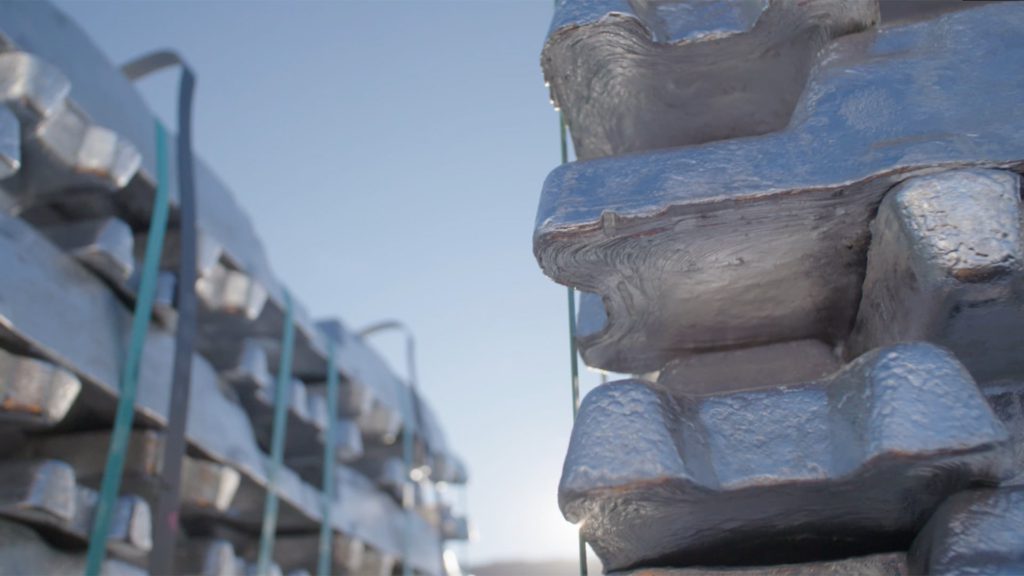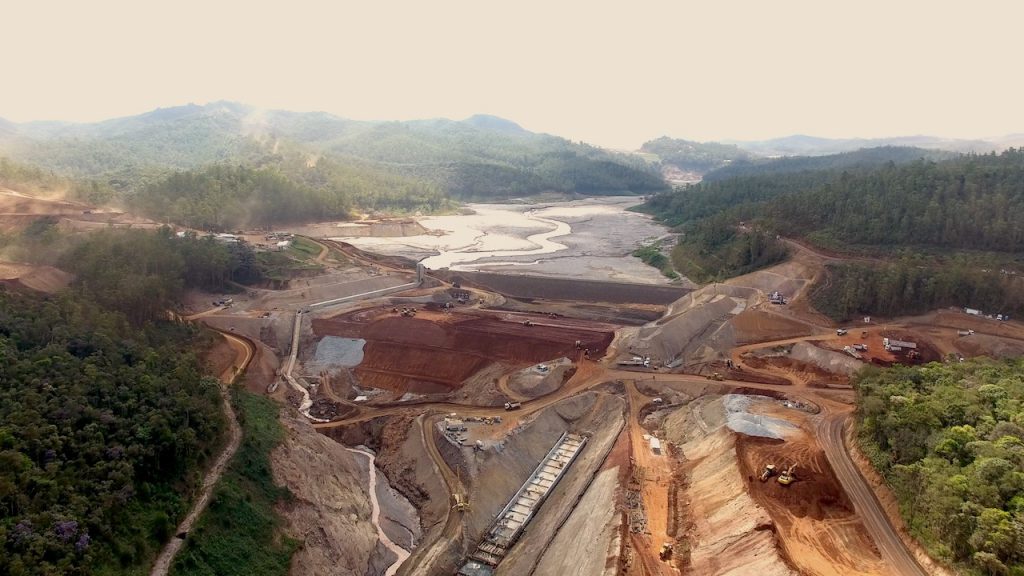LME plans for aluminum producers to submit carbon emission data by 2025

London Metals Exchange (LME) on Wednesday launched a consultation requiring producers of aluminum brands deliverable against its contracts to submit carbon emissions data by March 2025.
The proposal aims to align aluminum market with the requirement of Europe’s Carbon-Border Adjustment Mechanism (CBAM) which applies a carbon-related cost to certain imported products.
LME-approved producers of primary aluminum, aluminum alloy, North American Special Aluminium Alloy Contract (NASAAC) will have to submit both Scope 1 and 2 emissions data to the exchange.
Direct emissions from production of aluminum, including fuels used in melting furnaces, are under Scope 1, whereas indirect emissions from generation of electricity used for making aluminum are under Scope 2.
Producers shall provide these emissions data “at the point at which it becomes LME-grade material,” according to the proposal.
Aluminum producers will have to make the first entry of 2024 emissions data by March 15, 2025, and are required to update it annually.
Brands that did not submit emissions data could be delisted.
Delivery of aluminum to LME-registered warehouses will also be accompanied by a “CBAM” emissions reporting form.
Retroactive reports are not required for information-deficient aluminum already in warehouses.
“The LME has liaised with its own LME-listed primary aluminum brands to understand the extent of work already being done within the space, and 84% of LME Primary Aluminium brands already publish sustainability reports which include their emissions calculations,” said the exchange.
The LME is also considering collaborating with its partner Metalshub to list an “LME globally deliverable low carbon aluminum (CBAM)” product to track liquidity of aluminum which fall below a specific carbon footprint.
The exchange insisted it did not need a separate platform to trade low-carbon aluminum since 2021.
The lightweight metal widely used in transport, packaging and construction is the most energy-intensive metal to produce, requiring large amounts of electricity.
In 2022, aluminum sector released 1.11 billion metric tons of carbon dioxide, according to International Aluminium Institute.
(By Julian Luk; Editing by David Evans)
{{ commodity.name }}
{{ post.title }}
{{ post.date }}

Comments